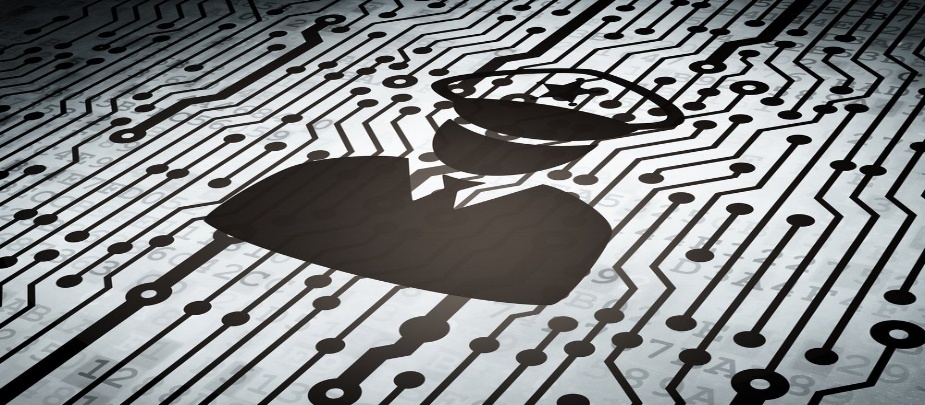Taking a look at 6 ways technology is working to keep us safer in cities around the United States brings to light the fact that the impact has, and continues to be profound. And that there really is no going back.
1 - Smarter Transportation in Boston
2 - Better Outdoor Lighting in Chicago
 Poor street lighting can cause significant problems for cities. A study by the University of Chicago Crime Lab New York found that adequate street lighting reduced nighttime index crimes by 39%, reduced nighttime felony crimes by 30%, and reduced assault, homicide, and weapons crimes by 12%.
Poor street lighting can cause significant problems for cities. A study by the University of Chicago Crime Lab New York found that adequate street lighting reduced nighttime index crimes by 39%, reduced nighttime felony crimes by 30%, and reduced assault, homicide, and weapons crimes by 12%.To improve public safety and reduce crime rates, the city of Chicago developed the Chicago Smart Lighting Project. This initiative replaces the city's High Pressure Sodium (HPS) street lights with new, more efficient LED lighting. The new lights last longer, use less energy, provide clearer visibility, and can automatically notify maintenance crews of outages via a remote monitoring and control system.

3 - Easier Parking in Los Angeles
American drivers waste 17 hours each year searching for parking spaces, and nearly a third have gotten into fights over parking spaces between 2016 and 2017. In densely populated cities like Los Angeles and New York, searching for a parking space is a time-consuming and dangerous process. This is why Los Angeles launched the LA Express Park service in May 2012, allowing citizens to search for available parking via their smartphone. The service also dynamically adjusts prices based on demand as a way of encouraging drivers to use alternate modes of transportation. This led to increased use of public transportation, lower traffic congestion, and less air pollution due to car exhaust.
This is why Los Angeles launched the LA Express Park service in May 2012, allowing citizens to search for available parking via their smartphone. The service also dynamically adjusts prices based on demand as a way of encouraging drivers to use alternate modes of transportation. This led to increased use of public transportation, lower traffic congestion, and less air pollution due to car exhaust.4 - Mobile Device Connectivity
With 77% of Americans owning a smartphone, cities are finding new ways to connect with their residents. One initiative gaining popularity in the US is the ability to contact emergency services via text message, known as text-to-911. Vermont, New Jersey, Maryland, Delaware, Iowa, and Connecticut all have already implemented statewide text-to-911, allowing residents to request help in situations where a voice call may be difficult, impossible, or dangerous.New Jersey also provides an app that citizens can use to share anonymous crime tips. The app, called STOPit, allows users to report tips and communicate with detectives without providing their name, phone number, or even the device's IP address. In doing so, the app removes the fear users may have of retaliation from criminals.
5 - Locating People via Wearable Devices
 GPS has been around for over 40 years, but only recently have GPS devices gotten small enough to fit on our bodies. Wearable devices like watches and fitness trackers combine GPS technology with internet
GPS has been around for over 40 years, but only recently have GPS devices gotten small enough to fit on our bodies. Wearable devices like watches and fitness trackers combine GPS technology with internet
track of their children from their smartphones. Similar
connectivity to allow for constant location tracking. This is especially common in GPS-enabled watches for kids, helping parents keep personal safety devices allow users to immediately broadcast their location to emergency services in case of a severe injury or immediate danger.
6 - Data Analytics
The devices that drive technological developments generate one very important byproduct: data. This data contains immeasurable information about the environment and public safety. And with advancements in artificial intelligence (AI), passing this data through automated systems results in faster, more accurate predictions than those provided by human analysts.For example, data plays a crucial role in helping police track criminal activity. Data helps officers and investigators determine where crimes are likely to happen, where to place patrols, and how evidence all fit together. Using AI enables law enforcement to continuously generate intelligence with a high level of accuracy, stop crime and make communities safer.







